Bra Making Tutorial: Choosing the Right Lingerie Fabrics
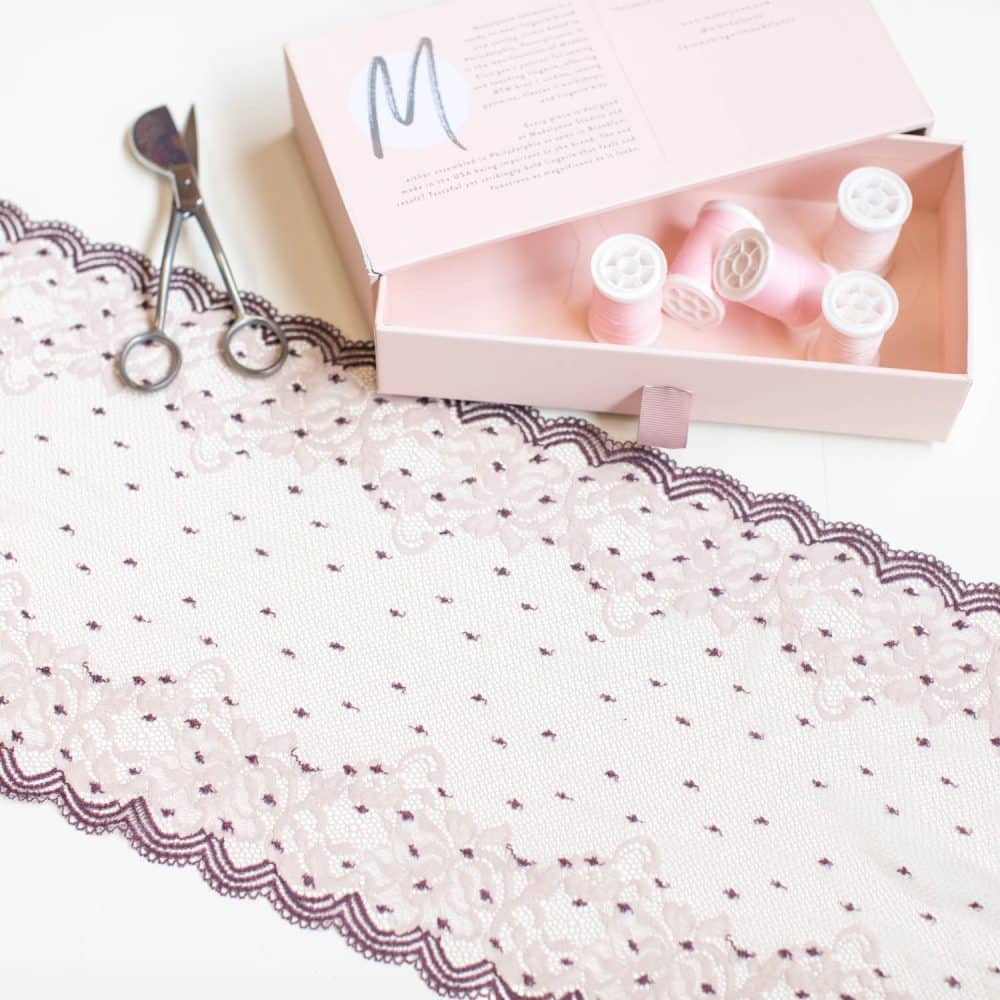

One of the most confusing parts of bra making is choosing the lingerie fabrics. Stretch or non stretch? Those old scraps of lace that my grandmother gave me – can I use them? What about a woven on the bias? Here are some general guidelines that will help you when purchasing.
LACE: An obvious fabric choice for lingerie is lace. Lace comes in 2 varieties – all over lace and galloon.
All over lace is the easier of the two to find in fabric or craft stores. It is usally available in 36”, 45” or 60” wide just like any other fabric. One example is the fabric below – a Swiss stretch all over lace in mauve. All over lace can be stretch or non stretch. I use all over lace mostly for the Noelle bralette, Barrett bralette and Noelle panty.
Shop all Madalynne’s all over laces
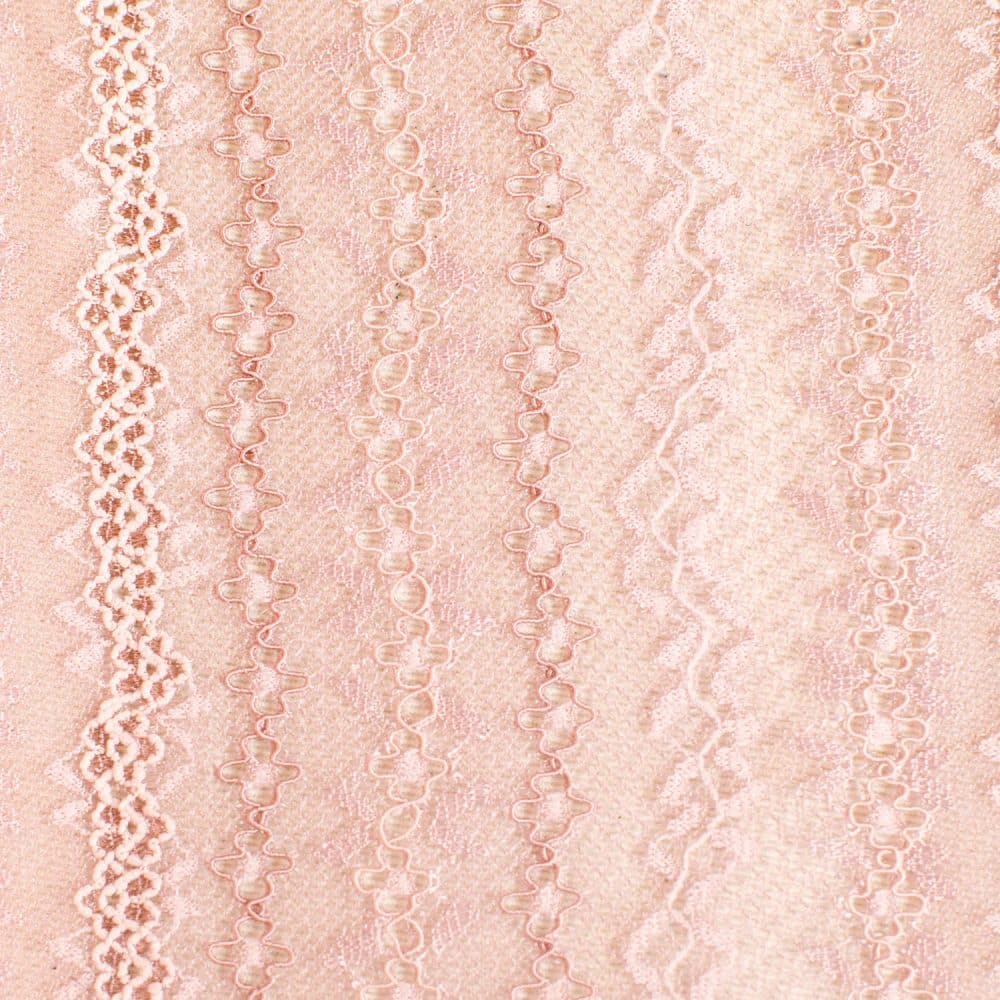

The other type of lace is galloon, and all galloon means is that the edge of the fabric is finished with a decorative edge. Galloon lace is harder to find – you’ll probably be buying mostly online – and it can be very difficult knowing which one to get. There are two things to look for when scouring the web – width and fiber content.
Have you ever bought something online only to receive it and it’s half the size of what you thought it was going to be? This can happen with galloon lace. I usually purchase galloon lace that is at least 6” wide. Anything narrower and I run the risk that the pattern pieces won’t fit on the lace, unless you’re making a cheeky underwear or thong. If so, 2″, 3″, or 4″ will work. You could piece lace together, but that’s a pain in the a**.
The other thing you want to look for when purchasing galloon lace online is fiber content. A lot of galloon lace is used for bridal and is non stretch. You can use a non stretch galloon lace, but almost all of the galloon laces for Madalynne’s DIY lingerie kits are stretch. If I wanted to eliminate the stretch, I would use a non stretch lining. If you’ve found a stretch galloon lace online, look to see if the fiber content is listed. You want to make sure that the lace has Spandex or Elastane in it. If the title of the product says it’s stretch galloon lace but it’s 100% nylon, the title is incorrect. This has happened to me before.
This is a great segway into my next point – when looking for lingerie fabrics, you want to make sure that the stretch is due to Spandex or Elastane, not mechanical stretch. Those scraps of lace that your grandmother gave you may stretch on the bias, but it doesn’t have the Spandex to recover after being stretch out. Nobody likes a saggy a** or saggy boobs ; )
Shop all Madalynne’s stretch galloon laces
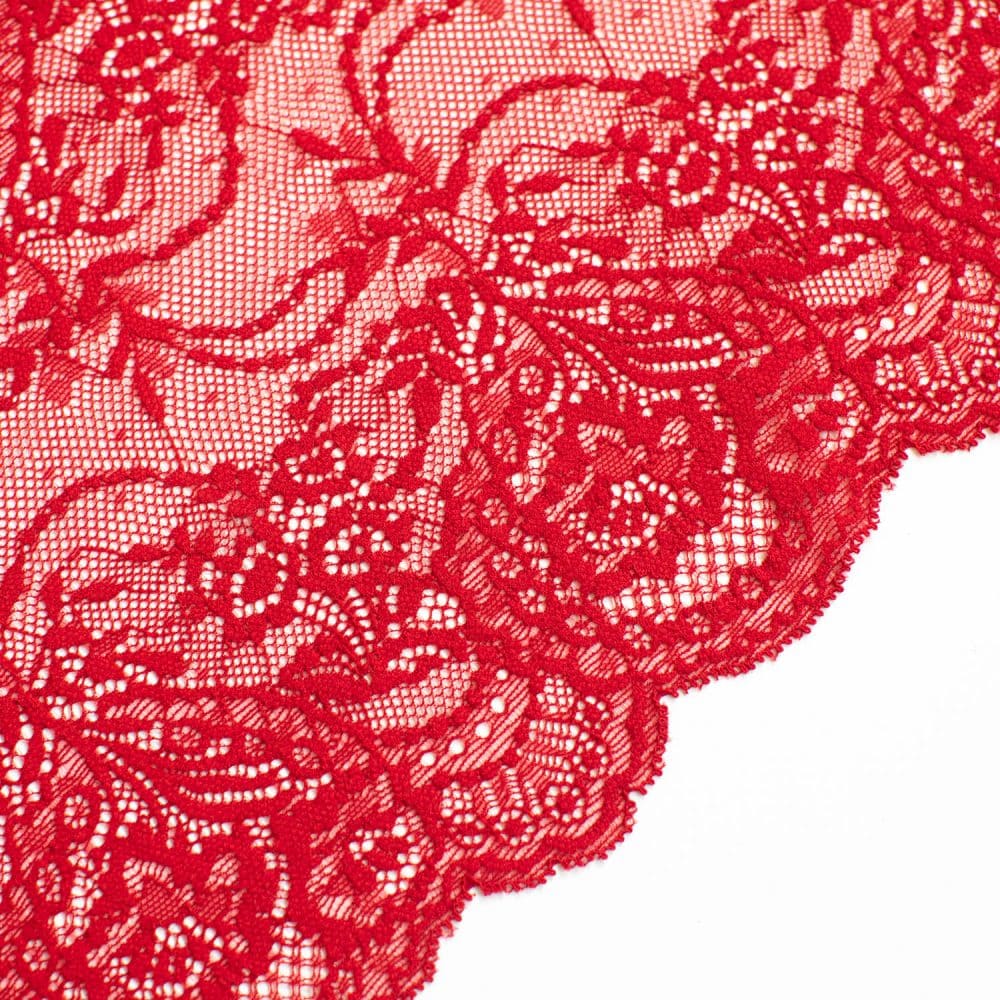

Lycra: Lycra is another choice for lingerie, but usually as a combo fabric (i.e. on the back band of a bra or center front/ back) or panties. Personally, I like to mix lycra with lace so that it looks like lingerie and not a sports bra. A few other great things about lycra is that you can use it for swimwear and activewear and it’s very easy to find at fabric stores.
Shop all Madalynne’s Lycra fabrics
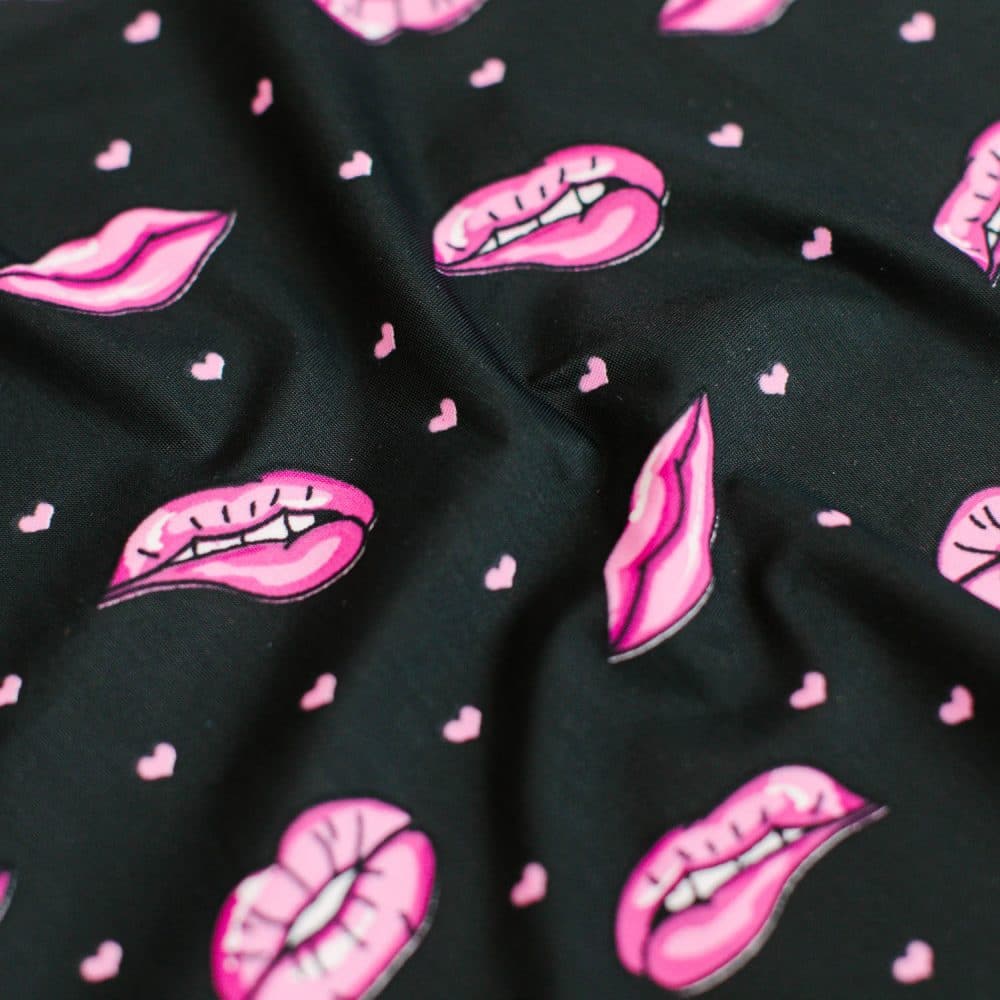

Lining: There are 4 types of linings that I use most oftem for lingerie – standard stretch mesh, power net, sheer cup lining and 15 denier tricot. For 99% of my lingerie sewing, I use stretch mesh or power net. Stretch mesh is used for panties, XS-M bralettes, and A-C cup sizes. Powernet is used for L-3XL bralettes and D+ cup sizes. Mesh is available in different weights, so looks for GSM (grams per square meter) when purchasing online. The stretch mesh that I use is 100 GSM and power net is 230 GSM.
Sheer cup lining is a completely non stretch fabric that has little/no give and is perfect for when you want to stabilize bra cups or the frame/bridge.
Shop all Madalynne’s lingerie lining fabrics
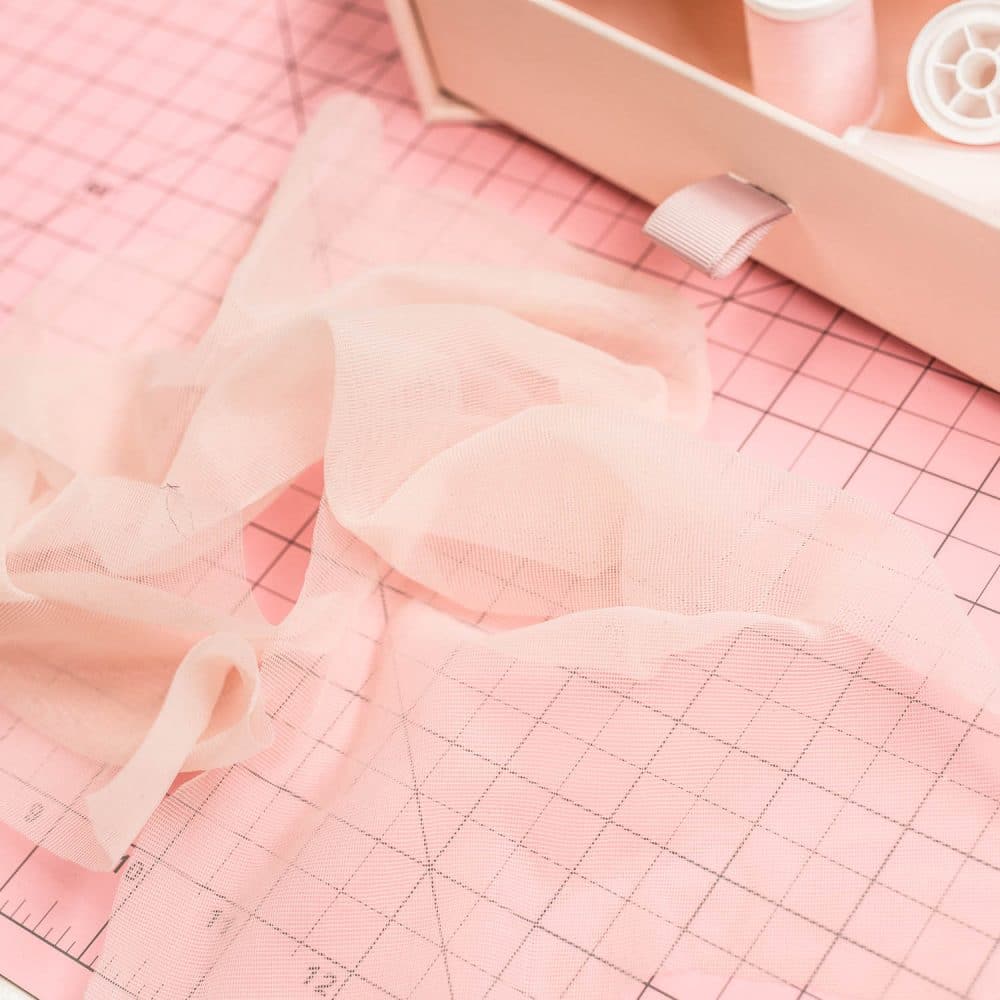

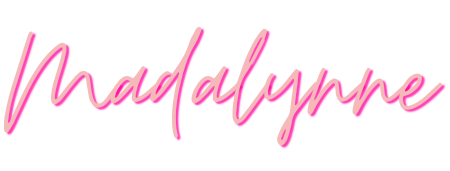

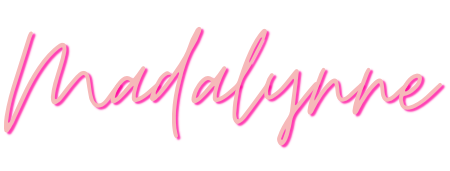
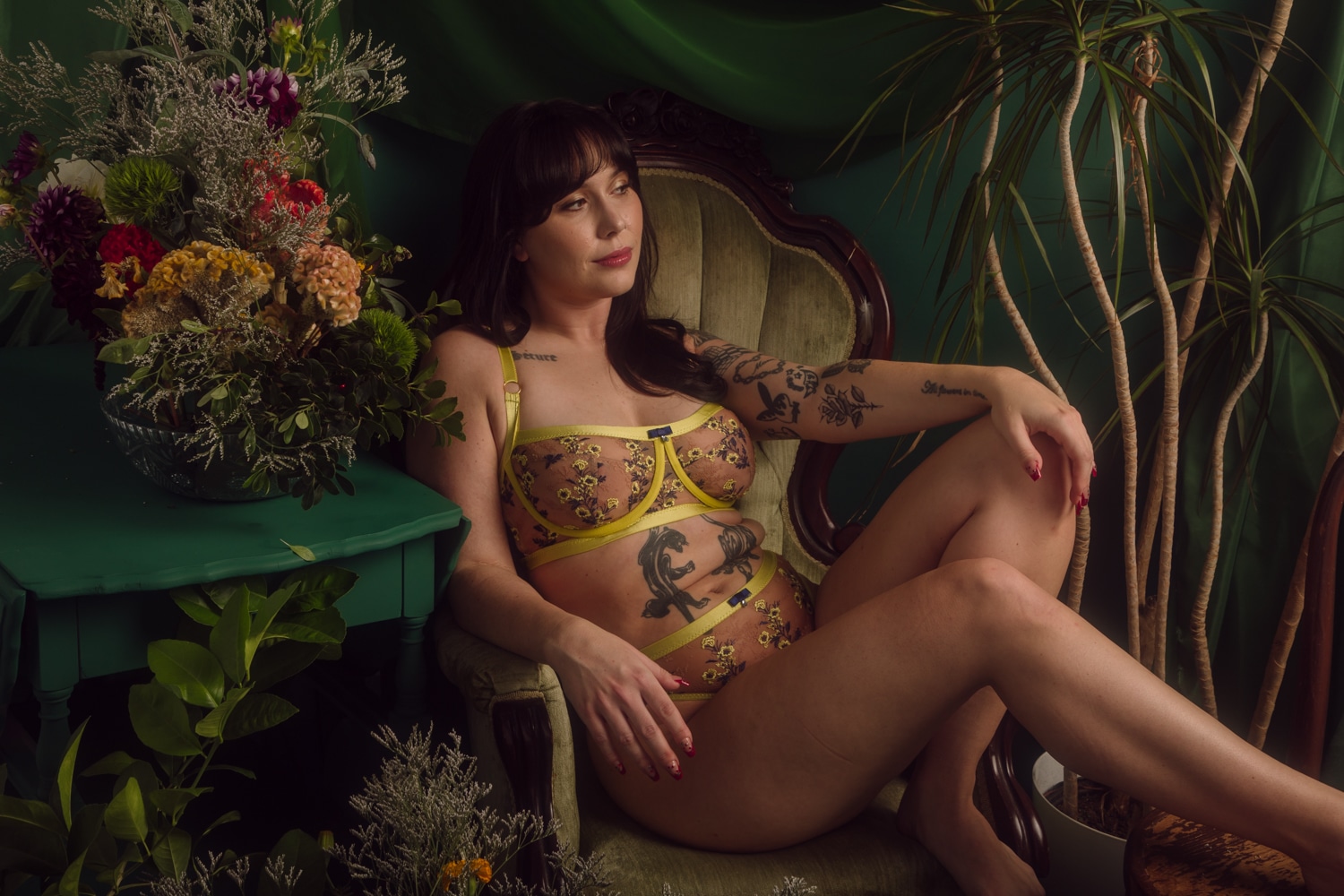
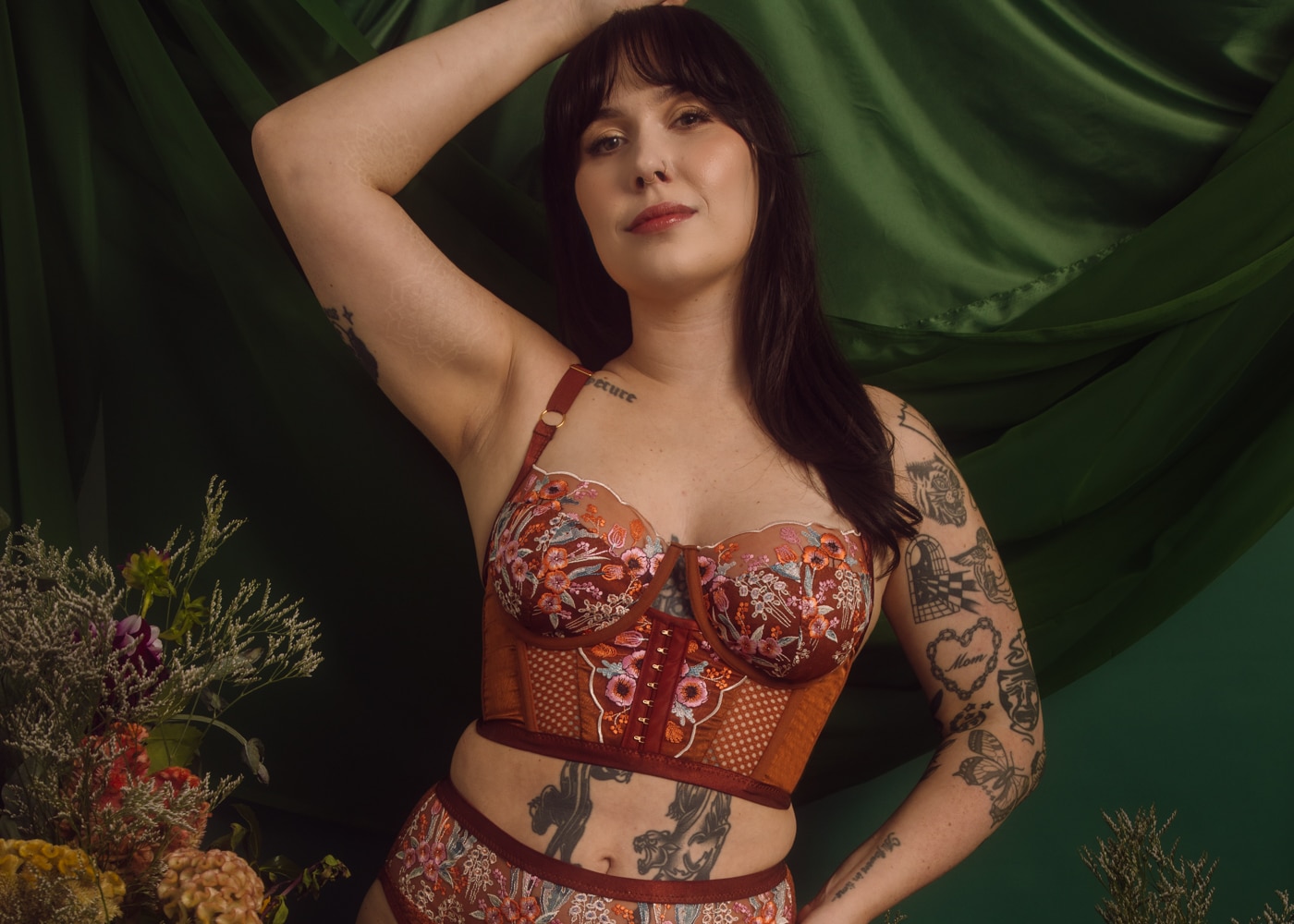
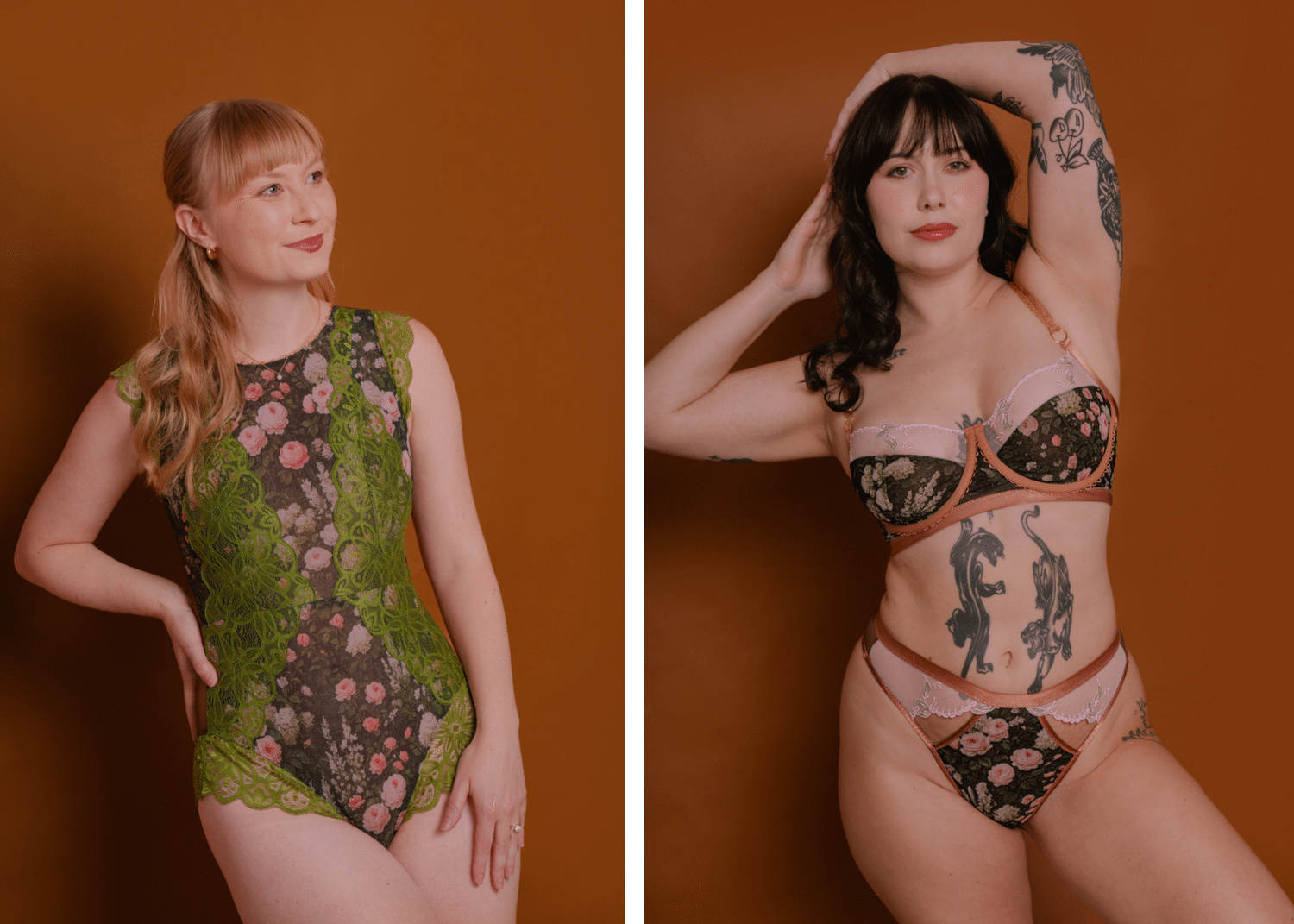

No Comments